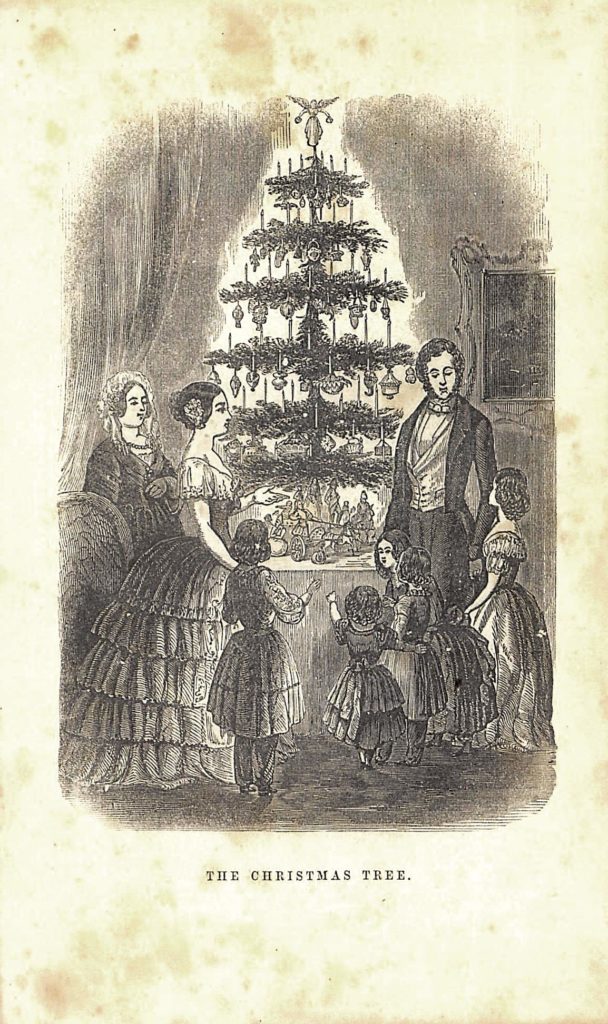Published in the Republican Champion February 8, 1917
The initial winter carnival of the Newport Outing Club commenced with a sleigh ride to Corbin park Thursday morning, where a thrilling deer drive was engaged in on snowshoes, after which a sumptuous dinner was served to nearly 100 guests at the Blue Mountain Forest Club house. By Caterer Childs.
There were about 150 people who made the trip to the park, and although the weather was stormy in the forenoon the temperature was just right for comfort, and everybody has the time of their lives, and were delighted with the day’s outing.
At 5:00 o’clock the “Three Men of Weight,” Ty L Barker, Fred Gamash, and Frances P. Murphy, who had charge of the carnival dance in the evening, paraded from the town hall around the little common to the iron bridge and return, to the music of the Newport Cadet Band. They were encased in artificial makeups to represent horses, and furnished amusement to the spectators with their graceful antics along the line of march.
The Opera House was filled to capacity. In the evening at the carnival dance Spaulding’s Orchestra of six pieces gave a short concert, which was followed by the grand march, in which 84 couples participated, all of whom wore paper caps of every kind and description, which were given as favors. After the march, the floor was thronged with the merry dancers, who could not keep from dancing, with such delightful music as was being played. Many favor dances were enjoyed, during which confetti and balloons were lavishly thrown about the hall, which was decorated with evergreen and ….
As there was no formal program for Friday afternoon the guests found enjoyment at the club house and or, the toboggan chute. In the afternoon, the junior snowshoes and ski races were held with the following results.
75 yard ski dash, first, Ralph Jameson, second, Russell Newcomb, time, 19 4-5 seconds
100 yard ski dash, first, Everett Morrow, second, Shirley E. Pollard, time 23 2-5 seconds
50 yard snowshoe dash, first, Herman Hastings, second, Leo Hastings, time, 11 seconds
100 yard snowshoe race boys, first, Everett Morrow, second, Ralph Jameson, time 25, seconds, girls, first, Theresa Fifield, second, Eleanor Bartlett, time, 29 seconds
Obstacle race, first, Herman Hastings, second, James Haven
In the evening, the McElwain A. A. basketball team lost a hair-raising game to the Sullivan Machine Company’s team of Claremont, which had been strengthened for the occasion by the acquisition of some star players from the Windsor, VT team. The opera house was filled with rooters for both sides, a special train from Claremont having brought over 150 people . The first period ended with the McElwains in the lead, 17 to 10, in the second period the Claremont team forged ahead, 24 to 22, and at the end of the last period the score was tied at 33 each, necessitating an extra period of five minutes, during which time the latter team scored two baskets and one point on fouls, while the McElwains could get only two baskets, thus losing the game 38 to 37. All of the players were fast, and played to the limit. J.J. McGuigan refereed the game, which was followed by dancing, with music by Spaulding’s Orchestra.
Saturday forenoon the fire put a damper on the events as scheduled, and they were postponed until afternoon, when the Dartmouth Independents defeated the New Hampshire State College Independents in a lively game of hockey on the skating rink on the common by the score of 5 to 2, thus winning a live deer for a prize, which was donated by Austin Corbin of New York City. An exhibition of skijoring was given on Main street, and the potkukelkka race was won by August Akkula, first, and Edward Lebto, second. After these events, a large crowd, despite the stinging cold weather, made their way to the Outing Club’s grounds to witness the closing events, which resulted as follows.
Ski jump, first, C.G. Paulson of New Hampshire State College, distance, 52 ft. 1 in., second John Carleton of Dartmouth College, distance, 50 ft. 7 in., longest jump, John Carleton, distance 55 ft. 6 in.
100 yard ski dash, first John Carleton, second, W.D. Hulburt, time, 16 4-5 seconds.
440 yard ski dash, first, Wilho Ma-i, second, Kusti Karanko, time, 30 minutes; prize, live deer from Corbin park.
Obstacle race, won by Leavitt Hurd.
The officials were as follows: Referee, Sumner Emerson of Dartmouth College, starter, Stanley Llewellyn of Manchester, clerk of course, Silas C. Newell, judges at finish, L.H. Libby, Prof. J.A. Wiggin, George H. Beard; timers, W.H.S. Ellingwood, F.I. Chandler, Albert E. Rogers, announcers, Ty Barker, Clarence D. Vooney; judges of ski jump, John Kukkola, Kusti Karanko.
A great amount of credit is due to the executive committee of the Newport Outing Club, which has labored zealously and unceasingly to make the carnival a success. And it is hoped that it will be an annual event for years to come.
The guests expressed themselves as highly pleased with their entertainment during the three days’ carnival and hoped to be present at the next one.


